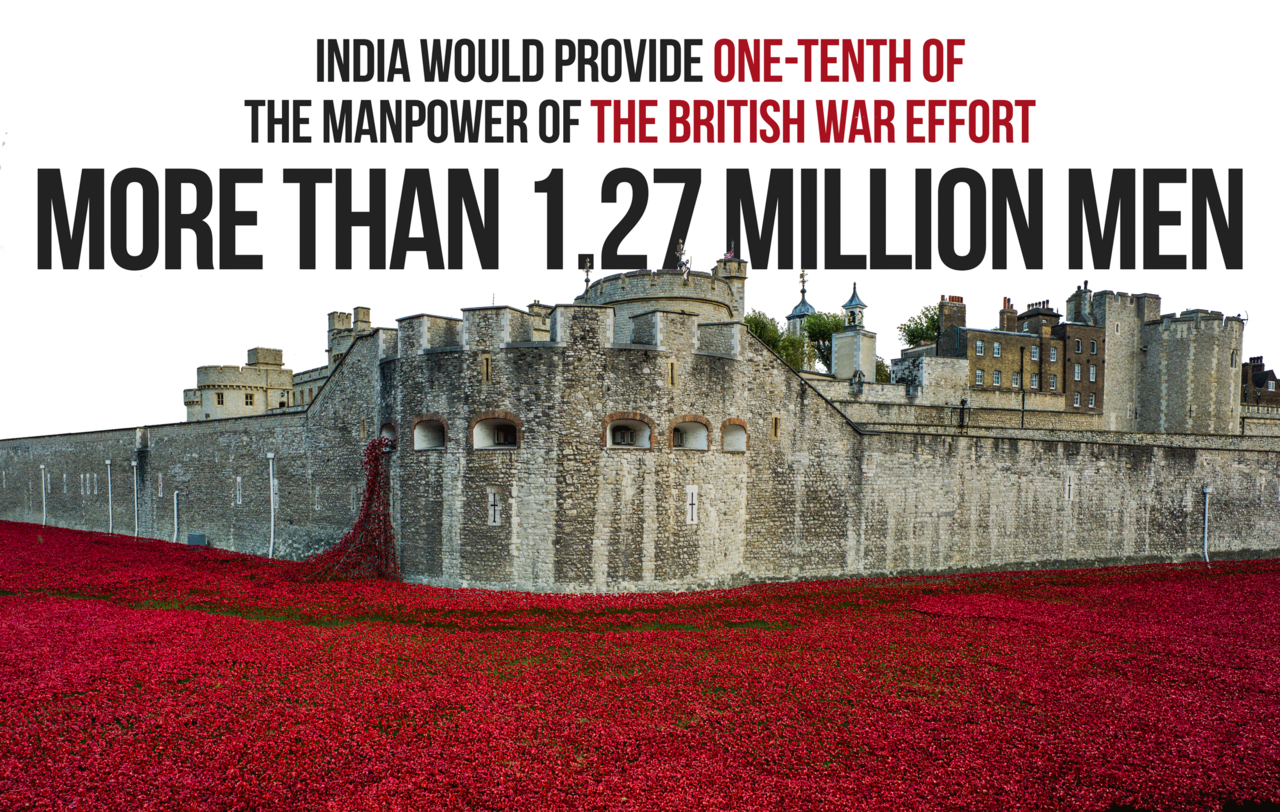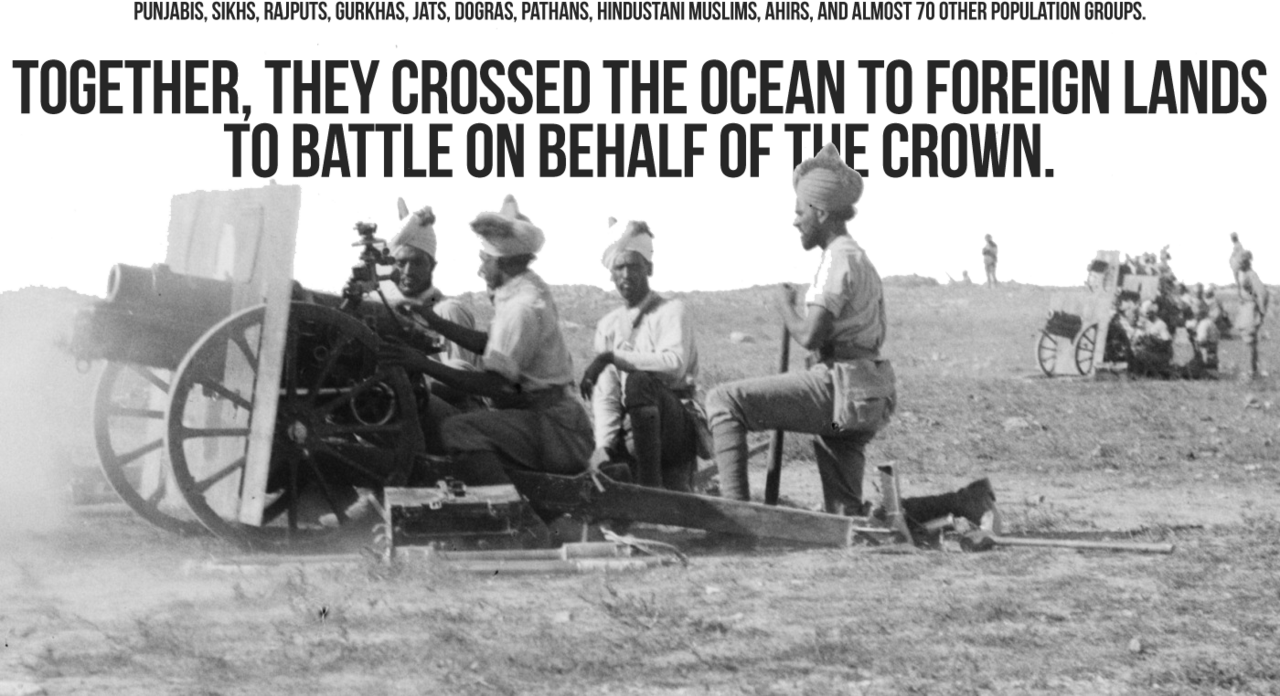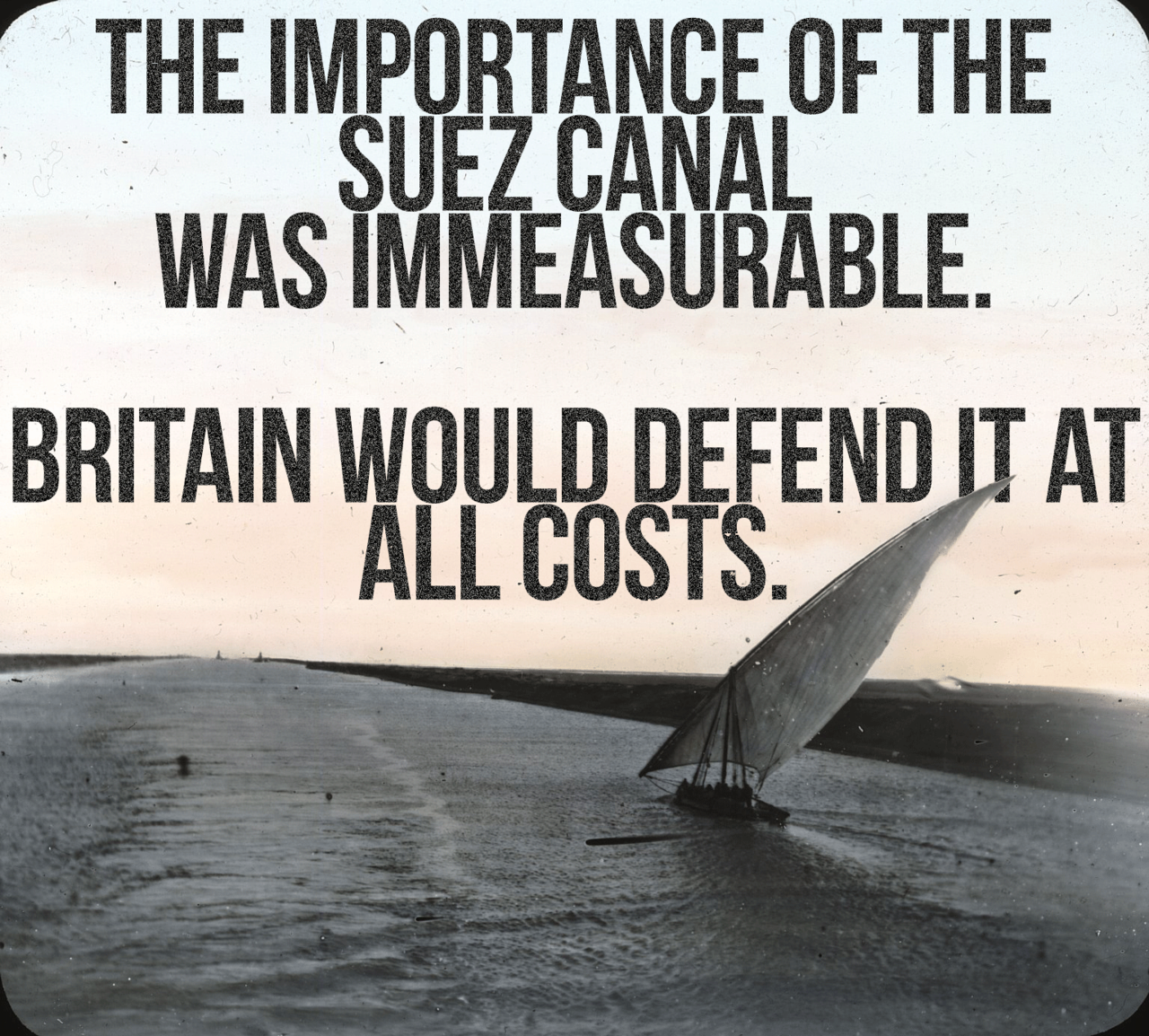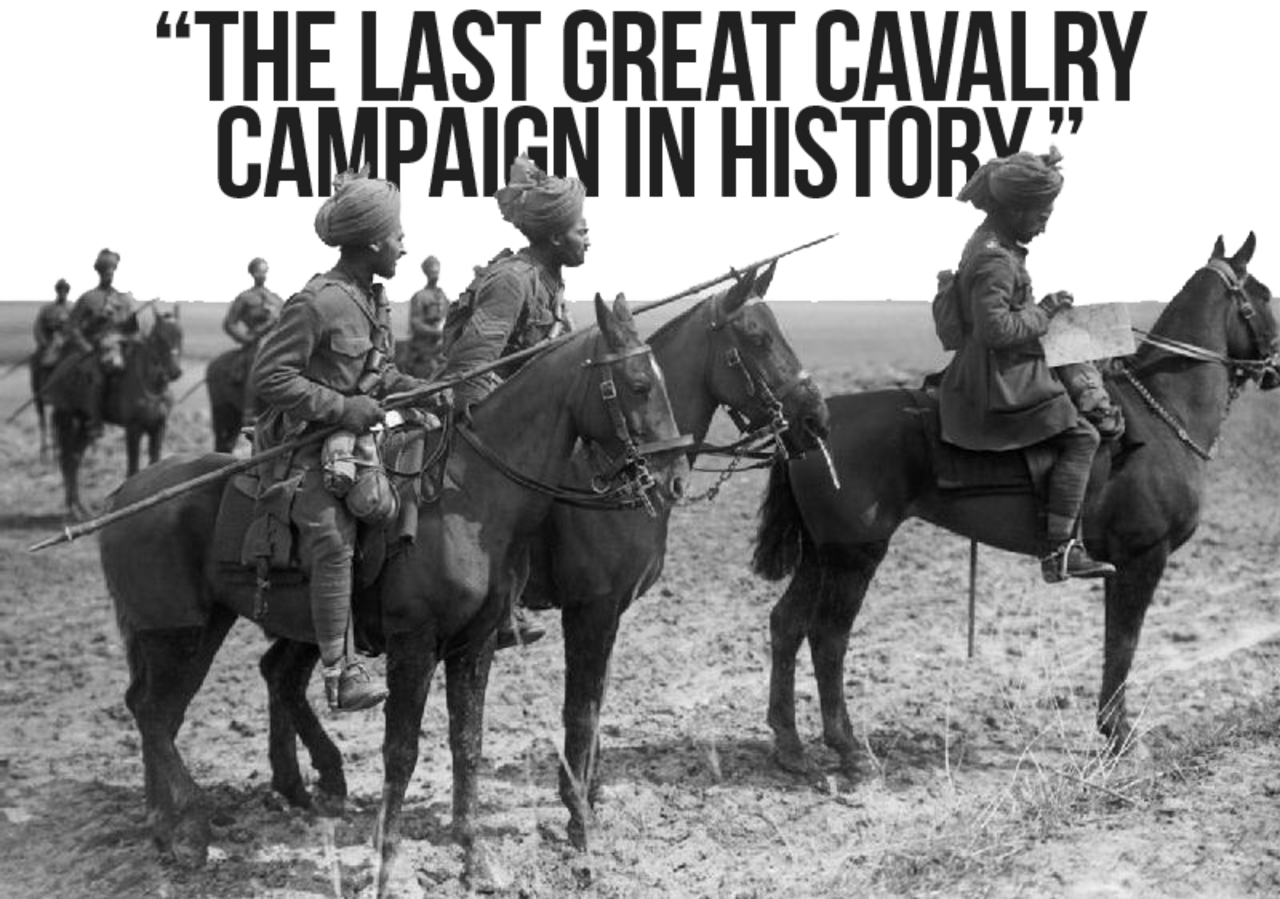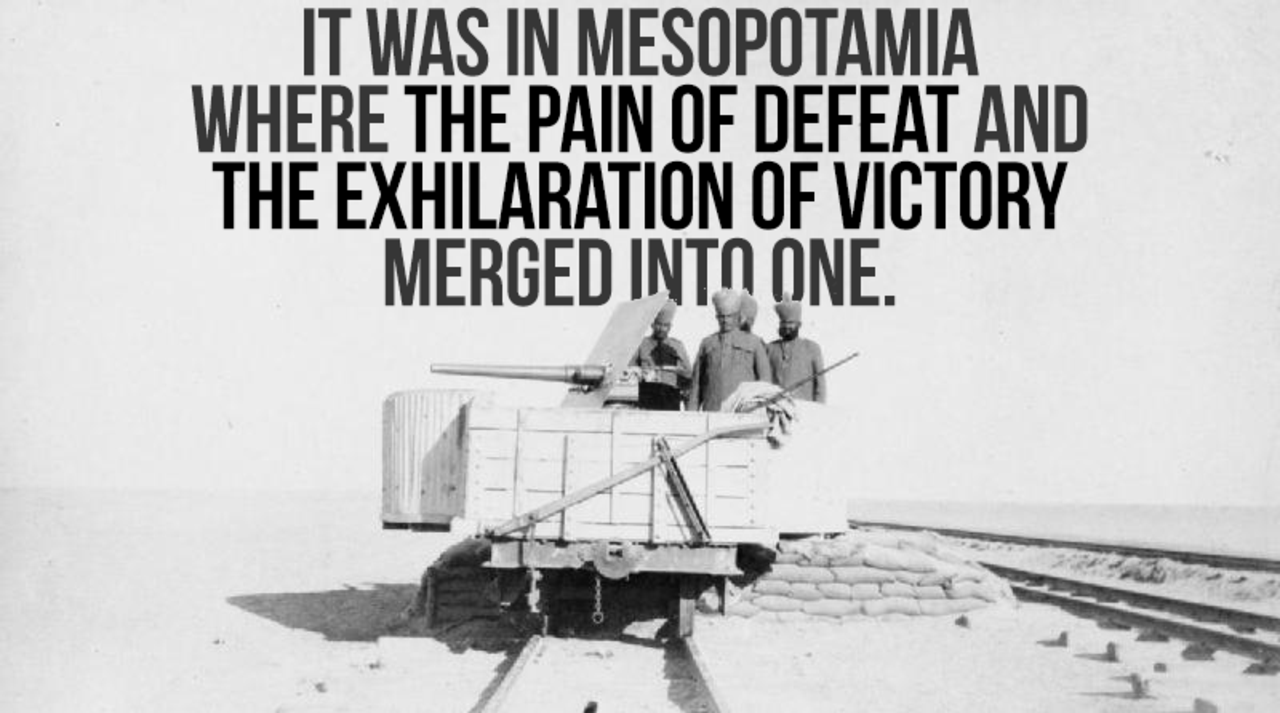On Mahashivratri Modi Sings a Christian Hymn
The symbolism was not lost on Hindu nationalists. In November 1999 Pope John Paul II arrived in India (November 5-8) for the concluding session of the Asian Synod to deliver the Post-Synod Apostolic Exhortation titled “Ecclesia in Asia” (Church in Asia). The Pope came to India during Deepavalli. At Papal High Mass on 6th November, Pope John Paul II declared, “The first millennium saw the cross planted in soil of Europe, the second in America and Africa. May the third Christian Millennium witness a great harvest of faith on this vast and vital continent”.
On 17th February, 2015, on the auspicious day of Mahashivratri, Prime Minister Narendra Modi was Chief Guest at the “National Seminar of Religious Witnessing” organized by the Catholic Bishops Conference of India (CBCI) to celebrate the sainthood of Kuriakose Elias Chavara and Euphrasia.
The significance of the Catholic Church’s choice of days on both occasions cannot be missed. The CBCI’s invitation to Prime Minister Modi would have been sent to the PMO at least one month if not earlier prior to the date of the celebration; it is inconceivable that the PMO would not have checked and double checked to see if the date had any other significance, considering this is the time of year for Holi and Mahashivratri. The Prime Minister’s ‘vrat’ during Navratri was a talking point for excited Hindus during his visit to America; it is just as inconceivable that a man who observes nine days of vrat during Navratri even while on a state visit to America would not be observing a more austere vrat at home on Mahashivratri. And yet Modi did the unthinkable again; on a day when he should have been chanting Rudram, Modi sang a Christian hymn in praise of the man and woman from Kerala, both from the Syro-Malabar Church, whom the Vatican has elevated to sainthood.
The choice of New Delhi, India’s political capital for both events is also significant. For the CBCI and the Vatican, the Pope’s visit to India and the celebration of sainthood of two Kerala Christian missionaries, because the venue was New Delhi, was as much about politics as it was about religion. The Catholic Church did two things on both occasions: it sent a triumphant signal to the Hindu nationalist party ruling in Delhi about its power to make a political statement in any country in the world with the attendant signal to Hindus about their political powerlessness to stop them even on Hindu soil.
In 1999 the CBCI and the Vatican would have sought the Indian government’s permission for the Pope’s visit. It is inexplicable why the mandarins in Raisina Hill allowed the Pope to come to India during Deepavalli. After all the Asian Synod was convened in the Vatican on April 19 1998 and went on for a month until May 14, 1998. It concluded only a good 18 months later in November 1999 in New Delhi. Both China and Sri Lanka had earlier refused to host the conclusion of the Asian Synod in their countries. If the BJP prime Minister did have to play the tolerant Hindu, he could have asked the Vatican to schedule the Pope’s visit one month prior to or two months after Deepavalli. But no; the BJP prime Minister wanted to give the Pope a Deepavalli gift to take back for Christmas – Vajpayee gifted the Indian soil from where the Pope announced his plans to harvest Hindu souls.
Both in 1999 and 2015, the BJP government did not ask the CBCI to look for other dates which had no Hindu religious significance; instead BJP Prime Ministers on both occasions, genuflected to the Church impervious to Hindu sensibilities.
Not content with inviting the Pope on Deepavalli, Atal Bihari Vajpayee allegedly thanked the Pope for choosing to come to India during Deepavalli and for adding more light to the festival of lights. Foisting the tolerant Hindu image on the nation Prime Minister Vajpayee and Vice-President Krishan Kant sang hallelujahs to the Christian political virtue called pluralism which the Second Vatican Council invented to sell to idiot Hindus, Buddhists and other pre-Christian and pre-Islam religions.
“Vajpayee underlined the fact that India is a multi-religious, multi-ethnic and multi-lingual nation that accords paramount importance to peace and cooperation.
Krishan Kant told the Pope that India would remain a haven for all religions because it believed that nation and religion are not synonymous.”
Pope John Paul II was prompt to respond warmly to Vajpayee’s multi-ness speech and the very next day declared his church intended to harvest Asian souls for Christ and this included Hindu, Buddhist, Jain and Sikh souls in India. The Pope made it abundantly clear to Vajpayee, the BJP and all those Hindus who sing the tolerant, pluralism song that the Catholic Church is missionary in nature (Mission Ad Gentes), religious conversion of non-Christians to Christianity was its raison d’etre and devil take the hindmost.
Modi’s ‘Barack’ did a Pope John Paul II. After waltzing merrily with the Indian Prime Minister on the red carpet which Modi rolled out for the American President in January, Barack Obama lectured to Hindus on Indian soil about the virtues of religious freedom. Barack went back home and at some breakfast prayer meeting in the White House, for the second time, when his mouth still smelled of all that lavish Indian hospitality and after dinner chai with charcha, the American President is reported to have observed how religious intolerance in India in recent times would have made Gandhi deeply unhappy. And for the third time on 19th February, one month after playing Chief Guest at India’s Republic Day, Obama elevated Hindus and Hinduism to the high status of Abrahamic religious terrorism. “Speaking at the start of the White House-sponsored summit on “Countering Violent Extremism” here, Mr. Obama said, “The terrorists do not speak for over a billion Muslims who reject their hateful ideology. They no more represent Islam than any madman who kills innocents in the name of Christianity, Judaism or Buddhism or Hinduism.” http://www.thehindu.com/todays-paper/tp-international/terror-groups-desperate-for-legitimacy-obama/article6914573.ece
Narendra Modi has a lot to answer for. For starters, if the incumbent American President needs primary school lessons in how Islam and Christianity expanded across continents, Modi needs lessons on what kind of missionaries the Catholic Church pronounces official Vatican “martyrs” and what kind of missionaries the Vatican elevates to sainthood; more importantly, Modi needs lessons on the deleterious effects of Christian missionary activity and missionary Goebbelsian propaganda on Hindu society, customs and traditions, Hindu religion and the objects of Hindu worship.
As for Modi’s speech itself at the Christian conference on the 17th February, replete with superlatives, the first question is, “who is Modi’s speech writer?” The second question is, “does Modi really believe all that he said on that day?” If yes, it is a radical departure and a terrible fall for an RSS pracharak; if no, how could an RSS pracharak mouth these falsehoods? Yes or no, Modi stuck a pin into Hindu hopes that Modi will serve the Hindu cause.
What Modi said at the “National Seminar of Religious Witnessing” about the two ‘saints’
1. Kuriakose Elias Chavara and Euphrasia are great saints.
2. The whole country is proud of their recognition.
3. Their lives are an inspiration not only to the Christian community but to humanity as a whole.
4. They are shining examples of selfless service for the betterment of mankind.
5. Kuriakose Chavara stressed every church should have a school and this opened the doors of education to people from all sections of society.
6. Kuriakose Chavara started a Sanskrit school and also the first indigenous printing press
7. His contribution to women’s empowerment was noteworthy.
8. Saint Euphrasia was a mystic. She dedicated her life to God.
9. Welfare of the world is the way to moksha (salvation) – explains their life.
What Modi said about India’s spiritual heritage
1. Moksha is ‘salvation’.
2. Let noble thoughts come to us from all sides has been the guiding principle of the nation’s intellectual discourse.
3. Mother India gave birth to many religious and spiritual streams some of which travelled beyond national borders.
4. What Swami Vivekananda had said a century ago - We believe not only in universal toleration, but we accept all religions as true - holds good and will, for ever, not only for this nation but also for this government or for that matter any government in India, run by any political party.
5. This principle of equal respect and treatment for all faiths has been a part of India's ethos for thousands of years. And that is how it became integral to the Constitution of India. Our Constitution did not evolve in a vacuum. It has roots in the ancient cultural traditions of India.
6. ‘Ekam sat, viprah bahudha vadanti’ is the same as there is truth in all religions.
And this is what Modi said about violence and terrorism in the name of religion
1. The world is increasingly witnessing division and hostility on religious lines.
2. In this context the ancient Indian plea of mutual respect for all faiths is now beginning to manifest in global discourse.
3. This long felt need and urge for mutually respectful relations led to the interfaith conference on 'Faith in Human Rights' at The Hague on tenth December, 2008.
4. This was coincidentally also the 60th Anniversary of the Universal Declaration of Human Rights by the United Nations.
5. Religious leaders representing every major world religion - Christianity, Hinduism, Judaism, Baha'i Faith, Buddhism, Islam, Taoism and indigenous religions met, discussed and pledged to uphold the Universal Declaration and of freedom of religion or belief.
6. Speaking for India, and for my government, I declare that my government stands by every word of the above declaration.
7. My government will ensure that there is complete freedom of faith and that everyone has the undeniable right to retain or adopt the religion of his or her choice without coercion or undue influence.
8. We cannot accept violence against any religion on any pretext and I strongly condemn such violence. My government will act strongly in this regard.
9. Let the elevation to sainthood of Saint Chavara and Saint Euphrasia, and their noble deeds inspire us: to maximize our inner strength, to use that strength for transforming society through selfless service, to fulfil our collective vision of a developed and modern India.
There is so much hope pinned on Narendrta Modi to correct the anti-Hindu, Gandhi-Nehru imposed course of Indian polity that some Hindu thinkers would like to believe that everything that Modi does or does not do is some cunning strategy in a grand plan. This includes his failure to call for Delhi elections soon after winning the Lok Sabha elections and participating in the Christian circus on Mahashivratri. I am not even going into his ‘woo America’ foreign policy and direction to Indian economy. But as pointed out earlier in the article, considering what Modi said at the Christian conference we do not know for sure if he is ignorant about the history of Christianity or he knowingly uttered these palpably incorrect statements.
Modi’s speech – uninformed or untrue
Adherents of the Cult of Jesus need “Christian martyrs”, “Blesseds” and “Saints” to validate and thereby perpetuate their cult, the object of their cult worship and their methods to expand. A brief Hindu nationalist description of these words:
Martyrs – Christian missionaries doing religious conversion who were crucified, stoned to death, beheaded or burnt at the stake by enraged non-Christian peoples who picked up arms against Christian missionaries and their destructive attempts to convert non-Christian people.
Two Pictures here
Blesseds – Christian missionaries who fished in distress, poverty and vulnerability of non-Christian peoples of the world who used their Christian schools, polyclinics and hospitals attached to individual churches, as weapons of covert war to convert those who availed of their charity and this includes their ‘rice bowl’ conversions. These missionaries, who migrated to foreign lands with the explicit objective of Christianising the people and the country and who achieved huge success, were ‘beatified’ by the Vatican taking them closer to canonization, the process of elevating them to sainthood. Let me add for good measure, a beatific smile is not a saintly smile.
Saints – By far the most comical and unscientific Christian concept or phenomenon; and I use the word unscientific in the exact same sense that White Christian intellectuals, academics and the brown anti-Hindu historians they have spawned in India have termed Hinduism unscientific and lacking in historical sense. To be elevated from “Blessed” to “Saint”, the dead Christian missionary must perform miracles after death. These miracles can be any phenomenon – from the sun rising in the west one fine day for no scientific reason except to oblige a dead, beatified Christian missionary, the waters of the Brahmaputra parting obligingly for a Blessed dead who wanted a shortcut to China or the more common the lame shall see, the blind shall speak and the dumb shall walkvariety of Christian miracles.
Simply for comic relief and also to better understand why Modi eulogised saints Kuriakose Chavara and Euphrasia, it may be well worth the while of Hindu nationalists to investigate what Christian miracles these saints had under their belt for which the Vatican promoted them from Blessed to Saint; also the miracles of saint Alphonsa. Modi’s advisers should also inform Modi about why the Vatican has halted Blessed Teresa from Albania at the gates of sainthood and not let her in. “The whole country (minus Radha) is proud of their recognition”, said Modi; “The life and deeds of Saint Chavara and Saint Euphresia (including those unscientific, difficult-to-verify miracles which made them saint, and all those missionary works which converted Hindus, destroyed Hindu society and transformed Kerala into a powerful Christian state in the Indian Union) are an inspiration not only to the Christian community, but to humanity as a whole. They are shining examples of dedication to God through selfless service for the betterment of mankind”, regurgitated Modi from his written speech without pausing for breath. As if to give the final touch to his panegyric ode to the Christian saints, Modi equated moksha with salvation – 2 concepts civilisationally apart from each other with nothing in common between them; and he did this in Sanskrit as if that validated his equation - “आत्मानो मोक्षार्थम् जगत हितायाचा” . Modi’s logic, equating moksha with salvation, which Modi creatively interprets as attained through selfless service, should be carried to its logical conclusion where Christian missionary = RSS swayamsevaks and pracharaks. Mokhsa is not linked to selfless service while salvation is a Christian concept predicated on original sin, baptism and faith in Jesus Christ.
Modi sought refuge for his utterances as always behind Gandhi, Swami Vivekananda and the Vatican-driven inter-faith meet at The Hague in 2008. Swami Vivekananda in Chicago in 1893, addressing a largely white Christian audience told them (idiot) Hindus believe in universal toleration and also believe all religions to be true. ‘Truth’ as defined by the Catholic Church or other Christian denominations and ‘Truth’ as defined by Hinduism are, like moksha and salvation, civilisationally different from each other. Thinking Hindus will deny firmly that we believe in universal toleration or that all religions are true just because Swami Vivekananda said it or because Swami Vivekananda is Modi’s hero. Universal toleration will include, must include tolerating the right of Christians to do religious conversion and the right of Muslims to use jihad to convert dar-ul-harb to dar-ul-Islam. And if all religions were indeed true, then all religions lead to the same goal. Does Modi really believe in all this? Not content with arrogating to himself the right to speak for all Hindus Modi crowns Swami Vivekananda’s sweeping declaration with one if his own – “What Swami Vivekananda had said a century ago holds good and will, for ever, not only for this nation but also for this government or for that matter any government in India, run by any political party”. And the cow jumped over the moon.
Barack, Amartya Sen, Romilla Thapar and TM Krishna could not have hoped for better.
Faith in Human Rights, Inter-faith dialogue and other weapons of war
As if to prove that Hindu politicians are the best customers for Christian lemons and the easiest victims for Christian con, Modi, at the Christian conference held up inter-faith dialogue as the way ahead to rid the world of religious conflicts. The Second World War had two unintended consequences: the Christian world could not hold up Hitler and Nazism as evil and then bury its Christian head under the sand refusing to see the evils of slavery and colonisation, both of which were undertaken for Christ and in the name of Christ. The Church had to invent covert weapons to penetrate non-Christian nations, societies and social structures. The Second Vatican Council came up with inter-faith dialogue, freedom of religion as weapon for religious conversion and church-panting missions, and inculturation to usurp native religious symbols and practices which allowed new converts to hold on to Hindu customs and practices while replacing only the object of worship.
Referring to the inter-faith conference in The Hague at the end of which religious leaders representing different religions passed a unanimous declaration on December 10, 2008, Modi said, “Speaking for India, and for my government, I declare that my government stands by every word of the above declaration”. This, Mr. Prime Minister is towering arrogance or appalling ignorance. Modi says he and his government will stand by every word of this declaration. Modi should know this declaration was drafted by Justitia et Pax, a Dutch Catholic human rights organization which is very active in India in the field of dalit human rights.
I wrote about Justitia et Pax in the book NGOs Activists and Foreign Funds: Anti-nation Industry which I edited jointly with Dr. Krishen Kak, in the chapter Asha: where does all the money go”. http://www.vigilonline.com/index.php?option=com_content&task=view&id=904&Itemid=118&limit=1&limitstart=12. This book ironically was released in New Delhi in June 2006 by Narendra Modi himself.
And this is what I wrote about The Hague declaration in February 2010:
Going back to the convention on “Faith in Human Rights” in The Hague, in December 2008, it has been claimed that Pujya Swami Dayananda Saraswati as Convener Hindu Dharma Acharya Sabha made a significant intervention to the UN Charter of Human Rights favourable to Hindus. Is this really possible? First, the writer is open to correction but the UN webpage on Human Rights does not mention this convention at all. (http://www.un.org/en/documents/udhr/) The text of the resolutions signed by the group of multi-religious leaders is also not displayed prominently, if it is displayed at all. If The Hague convention made a significant amendment to the “freedom of religion and conscience” clause in the charter of human rights, the clause which is cited by the Church as legal mandate to convert non-Christians, then the amendment does not show in the original charter, in the main body or as a separate amendment text. http://www.vigilonline.com/index.php?option=com_content&task=view&id=1278&Itemid=1
This means, if changes were made at all, these changes were made only to the final draft of the resolutions at The Hague convention, not the original charter, which remains as it was. This should not surprise us because as Pujya Swamiji said in Montreal at another inter-faith dialogue, the Abrahamic religions will not permit any change in the “freedom of religion” clause which is their international legal license to destroy other religions and eventually annihilate all non-Christian nations.
The said clause in The Hague statement reads as follows –
8. We note with serious concern the increase of intolerance in matters relating to religion or belief, of cases of incitement to religious hatred, overt or covert. While emphasising the importance of the freedom of expression, we deplore portrayals of objects of religious veneration which fail to be properly respectful of the sensibilities of believers. We consider the freedom to have, to retain and to adopt a religion or belief of one’s personal choice, without coercion or inducement, to be an undeniable right. Furthermore, the freedom to manifest one’s religion or belief in any form of worship, observance, practice and teaching may only be subject to carefully defined limitations consistent with generally accepted principles of international law.
This is not going to deter Islam or the Church even an iota from their ultimate goal to Islamise and Christianise the world. The words ‘without coercion and inducement’ are totally meaningless and self-defeating. Hindu religious leaders who participate in inter-faith dialogues must tell us why the Pope or any other Christian cannot repeat the same clause, word for word and interpret it in their favour; only they will now say that re-conversion of Christians and Muslims to Hinduism and other religions native to this soil, as per Resolution 8 of The Hague “Faith in Human Rights” convention is violation of the UN charter. (Ghar Vapsi!!)
It is inconceivable that a Hindu religious leader would be allowed to shake even a single brick of this international edifice. Consider the list of participants which itself is revealing – three Muslim clerics, two of them from Iraq, representing three Islamic denominations we may presume, three Rabbis representing the Jewish people, two Buddhists including the Dalai Lama, one Hindu Guru, one Tao religious leader, one Native American Elder and seven members of the Christian religious Hierarchy! If any Hindu had any doubts about the religious affiliation and bias of the United Nations, these doubts must now be laid to rest.
One participant who caught the writer’s eye was His Excellency Mgr. Dr. Gerard J.N de Korte, Bishop of Groningen, The Netherlands, responsible for Commission Justitia et Pax, The Netherlands. The writer wonders if Pujya Swamiji knew of the shenanigans of Justicia et Pax in India. The Vigil book on NGOs made a pointed reference to Justitia et Pax for meddling in the internal affairs of Hindu society.
Church-backed and Church-funded NGOs focus exclusively on dalit localities and women’s issues. The dalit issue has been internationalised precisely because of the involvement of local and foreign churches in so-called ‘dalit welfare’. ‘Dalit’ is a 20th century Christian missionary construct with explicit political overtones and objectives.
As pointed out earlier, this project receives funds from the churches in the Netherlands. Cordaid, ICCO and Indian Committee of the Netherlands are Dutch Christian NGOs which actively campaign against Hindus in the guise of dalit human rights with the European Parliament.
Justitia et Pax is the world-wide organisation for ‘justice and peace’ of the Catholic Church. It aims to inspire and mobilise Catholics to commit themselves to human rights, and advises and supports bishops and church organisations in the area of justice and peace.
Justitia et Pax works to improve the miserable living conditions of the dalits (untouchables) in India. Together with the Landelijke India Werkgroep, CMC and ICCO, Justitia et Paxhas founded the Dalit Network Netherlands (DNN). In October the campaign ‘Stop Caste Discrimination – Support the Dalits’ was launched. In its lobbying work the DNN mainly focused on the Dutch EU Presidency.
And it is this declaration, drafted by Justitia et Pax which Modi is holding up as road map for peace!
Prime Minister Modi went to a Catholic Christian conference and assured his Christian audience that he would act strongly against any kind of religious violence:
India is the land of Buddha and Gandhi. (Again!) Equal respect for all religions must be in the DNA of every Indian. We cannot accept violence against any religion on any pretext and I strongly condemn such violence. My government will act strongly in this regard”.
Prime Minister Modi, you are on shaky ground
Mr. Prime Minister, Pujya Swami Dayananda Saraswati who signed The Hague Declaration on behalf of Hindus has also said religious conversion is violence. http://www.swamij.com/conversion-violence.htm Hindus therefore reject your one-sided prescription for peace. Peace among religions in this country will come about only when Islam and Christianity give up all claims to the territory of the Hindu nation. This means Christians and Muslims will not be allowed to undertake religious conversion under any pretext. Mr. Prime Minister you are seeking to stop the effect without ending the cause. Bring in a law which bans religious conversion Mr. Prime Minister and then speak about mutual respect and DNA. Hindus demand three things of you and your government Mr. Prime Minister: Revoke missionary visas, stop foreign funding to churches and Christian organizations, and bring in a law banning religious conversion. Until this happens Hindus reject inter-faith dialogue on the grounds that it is a Christian ploy to disarm Hindus and also reject all declarations which Hindu religious leaders may have signed in our name. Mr. Prime Minister Hindus also reject the Hague Declaration not the least because it was drafted by a Catholic Christian human rights organization. Finally, Hindus reject in toto your speech at the National Seminar of Religious Witnessing.
Radha Rajan
24th February, 2015
Also read:
Inter-faith Dialogue: Vatican in sheep’s clothing – Parts 1&2
